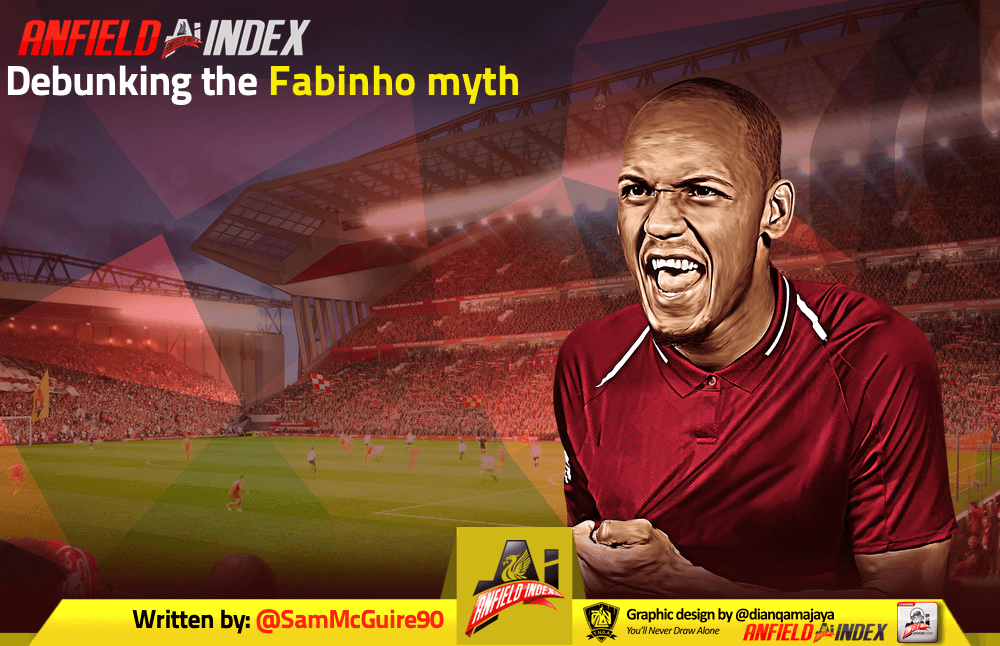A lot has changed for Liverpool over recent seasons. In the past, when a star name was ruled out through injury fans would count down the days until his return. Now, however, talk turns to whether or not they even get back into the team upon their recovery. When Fabinho hobbled off against Napoli, fans feared the Reds would struggle without him. For the first part of the 2019/20 campaign, a case could be made that the former Monaco man was the player of the season.
Yet with the Liverpool No.3 back in contention, there are some who feel he’s now going to have to wait to claim a place in Jurgen Klopp’s starting XI. Since returning to the No.6 role, Jordan Henderson has been near impervious. He was named as the Man-of-the-Match in the recent 2-0 win over Sheffield United and Fabinho’s injury coincides with the Reds improving the defensive side of things.
Klopp’s men haven’t conceded in the Premier League for over a month now and in the 11 matches missed by the Brazilian destroyer, Liverpool have been breached on just four occasions. The narrative has shifted a little during Fabinho’s spell on the sidelines and talk has turned to whether or not he’s agile enough to play that single pivot role. Without context, the numbers don’t appear favourable for the £40million signing.
But with stats so accessible these days, why wouldn’t you look to use numbers to add depth to these claims?
Liverpool’s defence has improved over recent weeks. But that isn’t solely down to Henderson. Joe Gomez’s return to the starting XI has played a part in this shift. But it’d be naive and misguided to credit him alone with the dramatic turnaround. There’s much more to it but it largely centres around the tweaked playing style being implemented by Klopp.
In earlier matches this season, the Reds would average around 550-600 passes. In fact, on average up until Fabinho’s injury that figure was 590 per 90. Liverpool weren’t as frugal with the ball. A reason for this could well be the fact there was a lot of change in the starting XI during this time. Adrian replaced Alisson, Joel Matip and Dejan Lovren partnered Virgil Van Dijk and Liverpool used a different system with Henderson almost acting as a right-winger on occasion. It essentially meant Fabinho has a lot of ground to cover and he was shielding a defence missing it’s starting goalkeeper and a regular centre-back pairing.
Since Fabinho damaged his ankle ligaments, however, the passes per 90 stat has dramatically risen. During this five-match period without a goal being conceded, the Reds are racking up 733 passes in matches. Not only are Klopp’s men now more dominant than ever, but they also have Gomez and Van Dijk ahead of Alisson. That trio played a key role in the title challenge last season.
The shape has been slightly altered, too. Instead of Henderson positioning himself just ahead of the centre-backs during the build-up, he’s instead occupying the right-sided centre-back berth. What is essentially a back three allows Liverpool to cover more space as a team. This shape allows the world champions to dictate where the opposition can play and It’s easier to smother any threat before it turns into a dangerous one.
Not only are the league leaders controlling the space, they’re also in complete control of the ball. This switch to the shape isn’t too dissimilar to what Klopp did after the 4-1 loss to Spurs in 2017. At the time, Gomez was playing as a right-back. Prior to the defeat, the former Charlton man would push on to support the attack but Klopp switched it up to use him almost as a third centre-back. After that heavy defeat, Liverpool looked like a completely different team. It’s happened again. Now, if the opposition bypasses the midfield they’re coming up against what is essentially a three-man defence and there’s less space to exploit.
Fabinho is still one of the best in the world. The Reds are just fortunate to have one of the best managers in the world who can react to these situations and find ways to cover for these absences.




